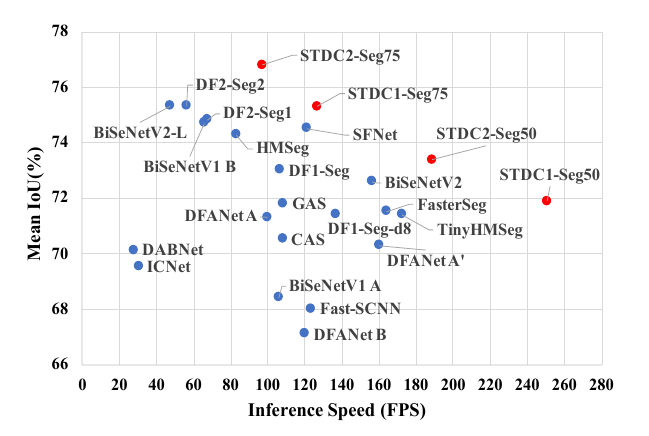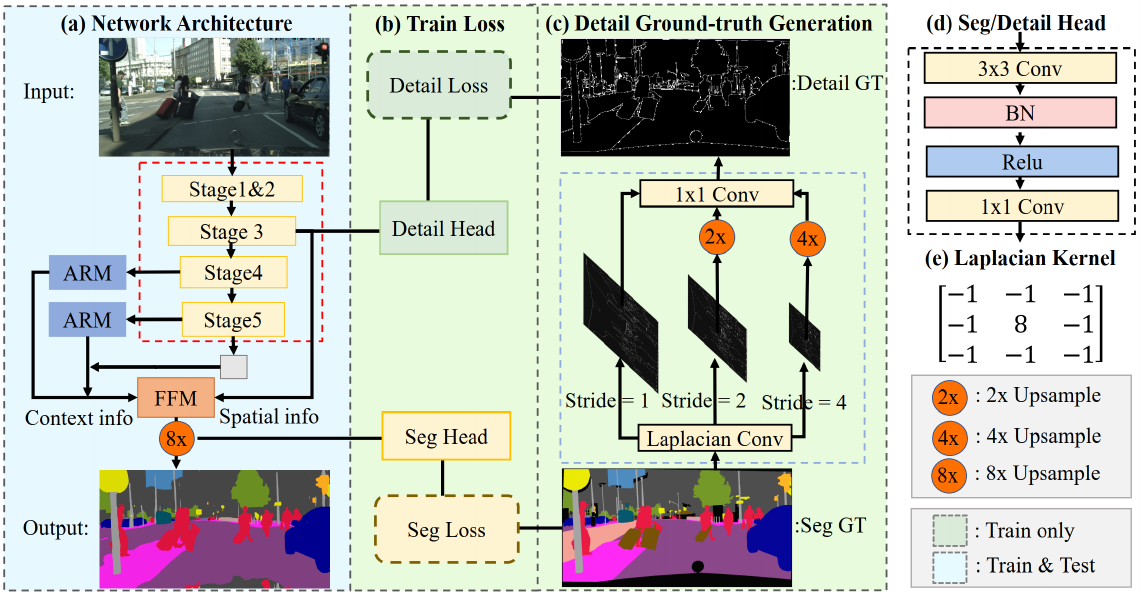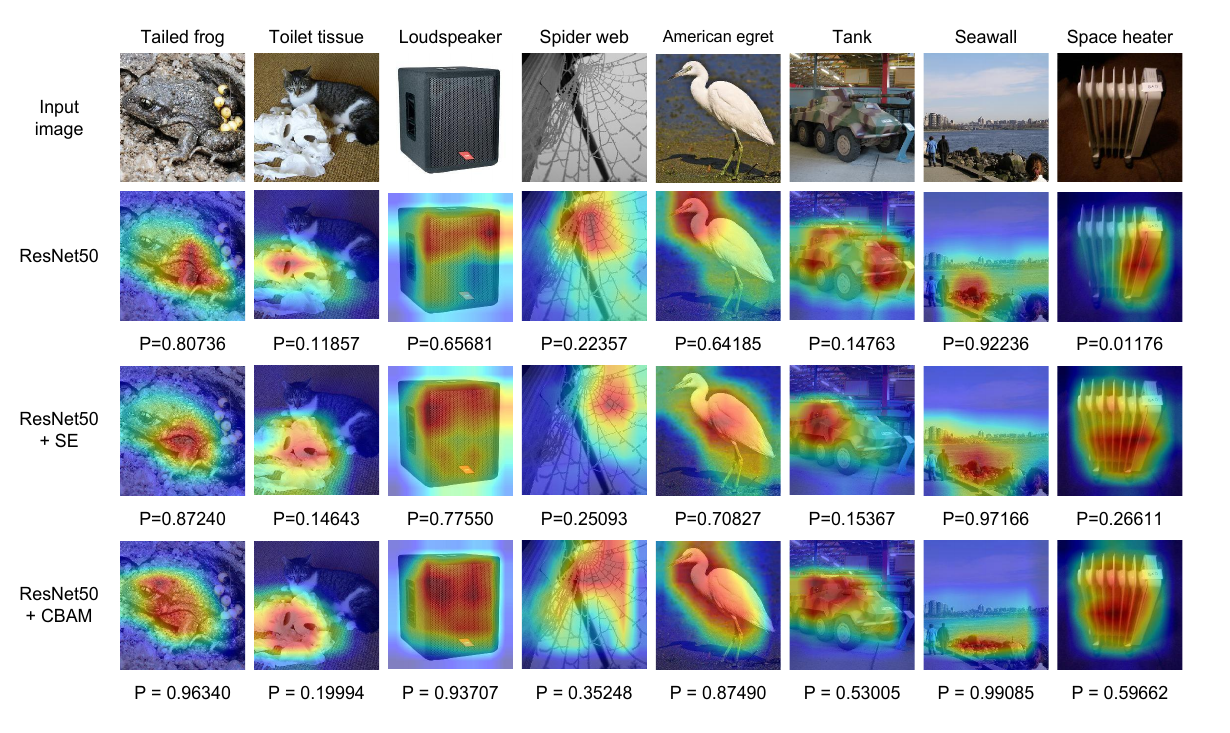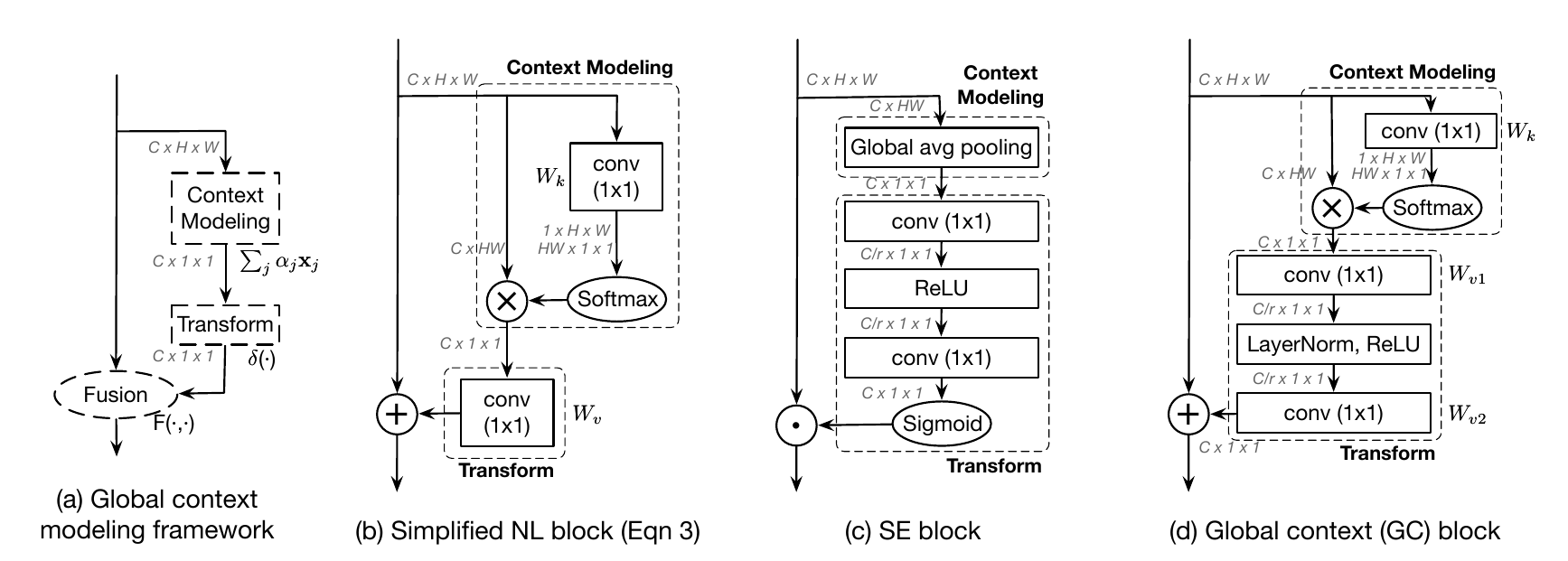论文名称:RefineMask: Towards High-Quality Instance Segmentationwith Fine-Grained Features
作者:Gang Zhang, Xin Lu, Jingru Tan, Jianmin Li, Zhaoxiang Zhang, Quanquan Li, Xiaolin Hu
期刊:CVPR2021
原文摘要
The two-stage methods for instance segmentation, e.g.Mask R-CNN, have achieved excellent performance re-cently. However, the segmented masks are still very coarsedue to the downsampling operations in both the featurepyramid and the instance-wise pooling process, especiallyfor large objects. In this work, we propose a new methodcalled RefineMask for high-quality instance segmentationof objects and scenes, which incorporates fine-grained fea-tures during the instance-wise segmenting process in amulti-stage manner. Through fusing more detailed informa-tion stage by stage, RefineMask is able to refine high-qualitymasks consistently. RefineMask succeeds in segmentinghard cases such as bent parts of objects that are over-smoothed by most previous methods and outputs accurateboundaries. Without bells and whistles, RefineMask yieldssignificant gains of 2.6, 3.4, 3.8 AP over Mask R-CNN onCOCO, LVIS, and Cityscapes benchmarks respectively at asmall amount of additional computational cost. Further-more, our single-model result outperforms the winner of theLVIS Challenge 2020 by 1.3 points on the LVIS test-dev setand establishes a new state-of-the-art.
摘要
即使如Mask R-CNN这样二阶段的实例分割网路已经有了优秀的表现,但因为在特征金字塔和实例池化过程中使用了下采样操作,使得分割掩码仍然非常粗糙,尤其是对于大型物体。
在本文中,提出了RefineMask方法,用于对象和场景的高质量实例分割,它在实分割的过程中以多阶段的方式结合了细粒度特征。通过逐步融合更细节的信息,RefineMask能够始终如一地提炼出高质量的mask。







